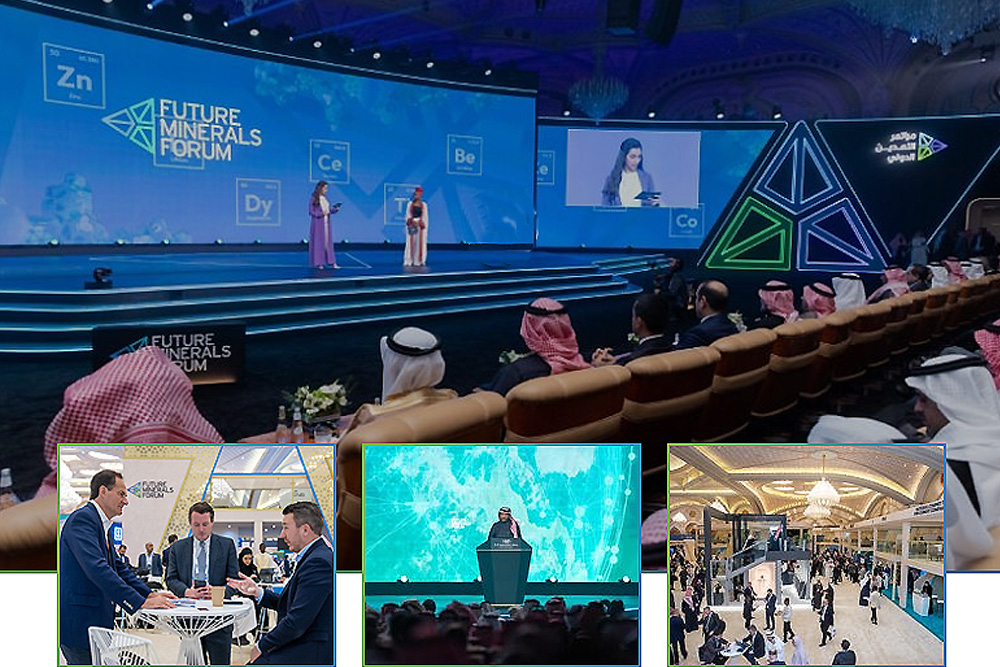
The Pebble Limited Partnership (PLP) is proposing to develop the Pebble copper-gold-molybdenum porphyry deposit (Pebble Deposit) in southwest Alaska as an open-pit mine, with associated infrastructure.
On 25 November 2020, Pebble Partnership CEO, John Shively, issued a statement regarding the decision by the U.S. Army Corps of Engineers (USACE) to deny the Clean Water Act 404 permit for the project.
The proposed mine would have been located 100 air miles and 230 river miles from Bristol Bay, the world’s most productive salmon fishery, which generates US$1.5 billion in annual revenue and 14,000 jobs. Salmon have also sustained the subsistence culture of Alaska Natives for millennia.
“We are obviously dismayed by today’s news given that the USACE had published an Environmental Impact Statement (EIS) in July that clearly stated the project could successfully co-exist with the fishery and would have provided substantial economic benefit to the communities closest to the deposit,” Shively wrote.
“One of the real tragedies of this decision is the loss of economic opportunities for people living in the area. The EIS clearly describes those benefits, and now a politically driven decision has taken away the hope that many had for a better life. This is also a lost opportunity for the state’s future economy – especially at a time when Alaska is seeing record job losses from the impacts associated with COVID.”
The Pebble Project has a forecasted operating life of 20 years. According to the PLP, the project would have the potential to generate 750-1,000 direct jobs for Alaskans and 1,500-2,000 total jobs for Alaskans.
It has been predicted that a total of 1.4 billion tonnes of material would be mined over the life of the project. A mining rate of 73 million tonnes per year, average rate of 70 million tonnes per year would be achieved. A milling rate of up to 66 million tonnes per year has been forecasted.
The Pebble Deposit would have an average annual copper-gold concentrate production (dry concentrate) of 613,000 tonnes and an average annual molybdenum concentrate production (dry concentrate) of 15,000 tonnes.
In addition to the mine site, the project would have three other major components: a transportation corridor to move the concentrate to port and bring goods to the project site, a port site to facilitate transportation, and a natural gas pipeline from the Kenai Peninsula to the mine site for power generation.
“The Pebble Deposit contains minerals such as copper that are in the national interest as they will be necessary to support the nation’s transition to more renewable sources of energy and a lower carbon future. President-elect Biden has stated that increasing domestic copper production will be an important step in meeting these goals,” Shively said.
“Since the beginning of the federal review, our team has worked closely with the USACE staff to understand their requirements for responsibly developing the project including changing the transportation corridor and re-vamping the approach to wetlands mitigation. All of these efforts led to a comprehensive, positive EIS for the project that clearly stated it could be developed responsibly. It is very disconcerting to see political influence in this process at the eleventh hour.”
“For now, we will focus on sorting out next steps for the project including an appeal of the decision by the USACE,” he concluded.
Margaret Williams, managing director of the World Wildlife Fund (WWF) arctic program, said the Administration has made “the right decision and aligns with what the science and the community have said all along”.
“This brings us one step closer to protecting Bristol Bay, an irreplaceable ecosystem that serves as one of the planet’s last salmon strongholds and an area that is critical to the livelihoods and well-being of thousands of Alaskans,” Williams wrote.
“Given the environmental, cultural and economic values of Bristol Bay, the Biden Administration and Alaska’s leaders must press ahead – including re-establishing the Clean Water Act protections – to ensure that long-term safeguards will be put into place for this national treasure.”
Joel Reynolds, senior attorney with the Nature Program at the U.S. Natural Resources Defense Council (NRDC) said: “Amen to certainty for this cherished area, the tribes and community of Bristol Bay, and its wildlife and waters. This region has been whip-sawed with uncertainty about its fate for a decade, and this move recognises there was never any way to mitigate the harm Pebble Mine would do.”
“The next step is for the Environmental Protection Agency to use section 404c of the Clean Water Act to permanently protect this national treasure from large scale mining for all time.”












